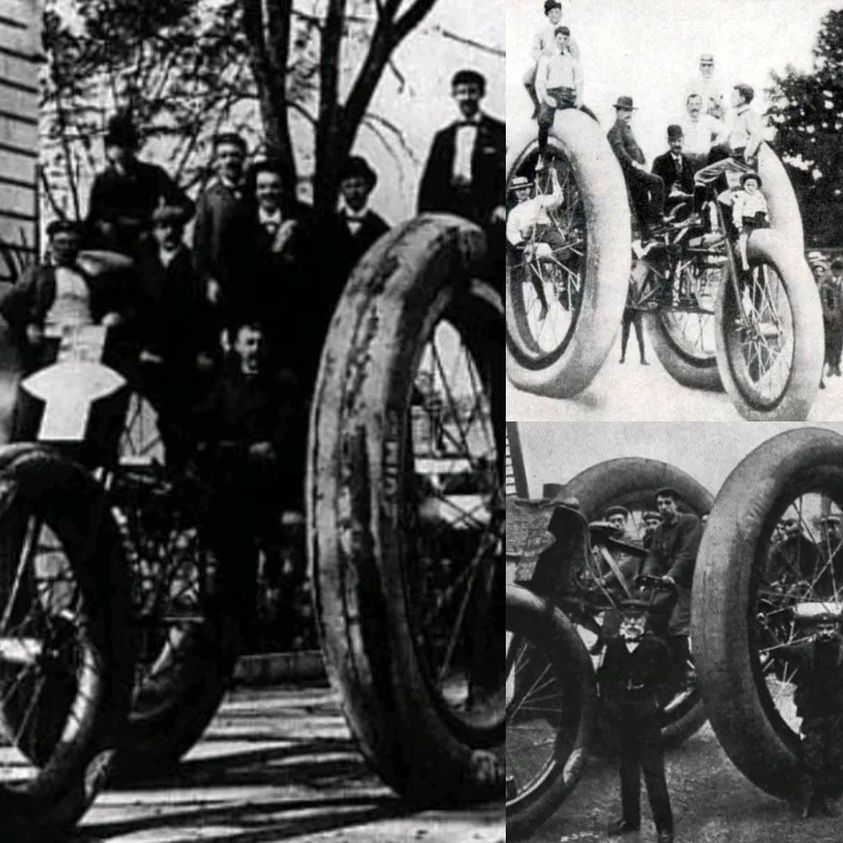Recently, a series of striking photographs depicting Tartarian ships have emerged, reigniting interest in the mysterious civilization of Tartaria. These images offer a rare glimpse into the maritime technology and seafaring prowess of this enigmatic culture.

Tartaria, a civilization shrouded in mystery and speculation, flourished in various regions of Eurasia during ancient times. While much about Tartaria remains elusive, archaeological findings and historical accounts suggest that it was a highly advanced society with sophisticated knowledge in various fields, including architecture, engineering, and navigation.
The photographs capture the grandeur and intricacy of Tartarian ships, showcasing their unique design features and advanced craftsmanship. From sleek, streamlined vessels to imposing warships adorned with ornate carvings, each ship reflects the ingenuity and skill of its creators.
What makes these images particularly intriguing is the absence of similar maritime technology in other contemporary civilizations. While Tartarian ships boast advanced features such as multiple sails, intricate rigging, and innovative hull designs, comparable vessels from other ancient cultures are notably lacking.
The discovery of these photographs has sparked debate among historians and researchers, prompting speculation about Tartaria’s maritime achievements and its potential influence on global seafaring traditions. Some suggest that Tartarian ships may have played a significant role in trade networks and naval warfare, while others speculate about their possible connections to legendary seafaring civilizations such as Atlantis.
As scholars continue to analyze and interpret these photographs, one thing remains clear: they offer a tantalizing glimpse into the technological prowess and maritime legacy of Tartaria. Whether viewed as evidence of a lost civilization’s maritime achievements or simply as intriguing relics of the past, these images serve as a reminder of the enduring mysteries that lie buried beneath the sands of time.